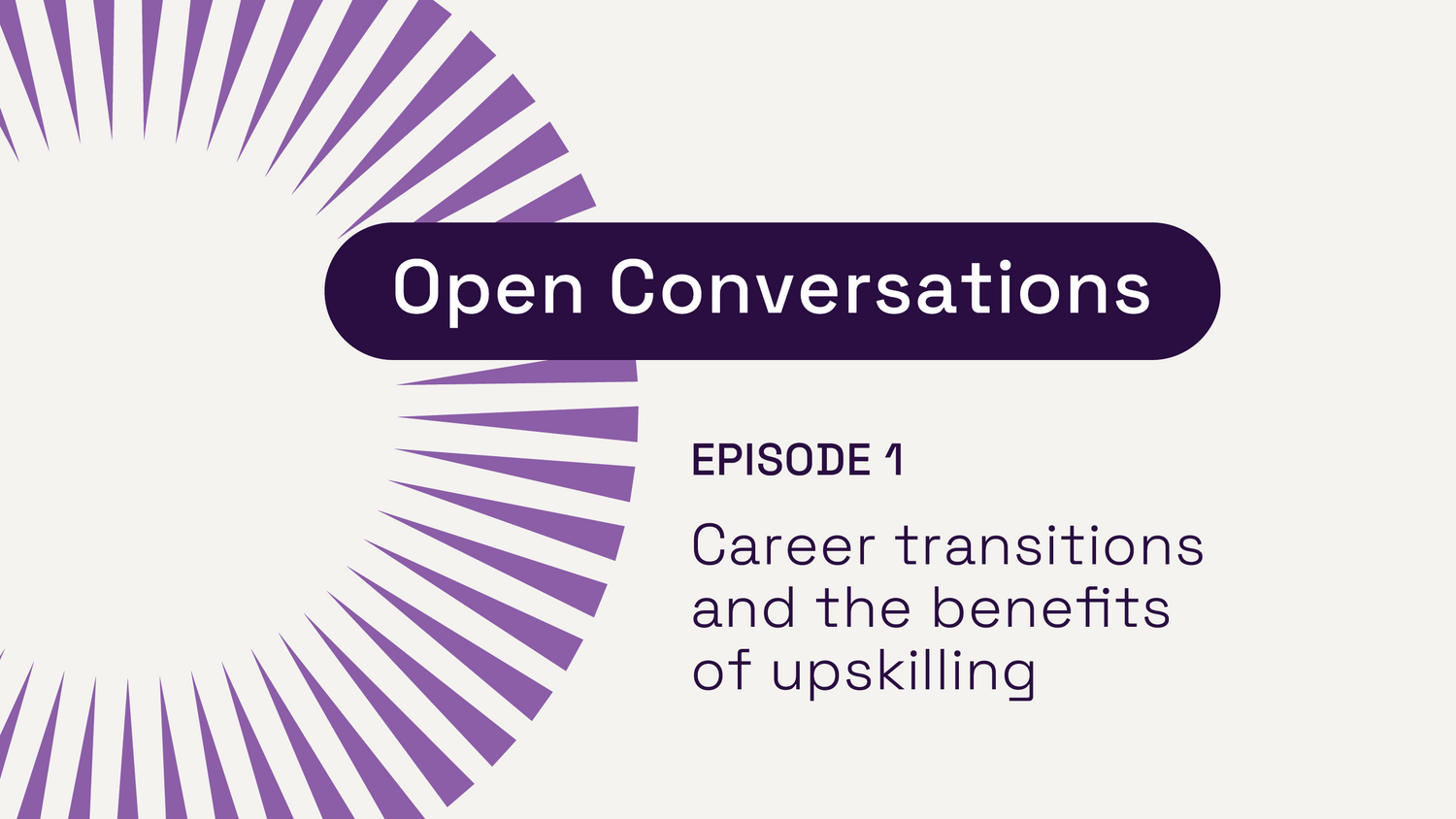Explore our collection of informative and educational blog posts to stay updated on the latest industry trends and expert advice.
Agile Project Scheduling and Monitoring

Rapid technological advancement over the last few years has enabled businesses and organisations to become more efficient than ever before. New software can not only transform work processes but also increase team productivity. However, the transition to digital adoption is rarely smooth. That is why many project managers are using the agile methodology to keep their projects on track.
An agile project methodology is an iterative approach to planning that breaks down a project into small sections known as sprints. Each sprint is then released for testing and quality assurance. Agile relies on an ongoing feedback system, where the goal is customer satisfaction and a successful product.
The Principles of Agile Methodology
Traditionally, projects have followed what’s known as the ‘waterfall method’ which is a strict sequential approach, where a project starts with understanding all the requirements, gathering the resources, creating budgets and timelines, completing the work, testing the final product and then delivering the project only once all the work has been completed. With Agile, functionality is incrementally delivered throughout the development cycle.
The Agile method is characterised by the following principles:
- The project is broken down into smaller sections, which are then prioritised by the team.
- The Agile project relies on customer or user feedback and promotes collaboration.
- The Agile project is flexible and can be adjusted at regular intervals to ensure customer needs are being met.
- Agile integrates planning with execution, helping a team respond effectively to changing requirements.
How to schedule a project using Agile methods
Kanban and Scrum are two frameworks or systems that help teams adhere to Agile principles. Though they are both different methodologies, there are some similarities between them. They generally work with three categories: work to be done, work in progress and work that has been completed. This is where Agile management software can be a real asset for project scheduling. Here are a few general steps a project manager may take when creating a project schedule:
- Divide the project into workable tasks and define the sprints’ length : An Agile project starts with a list of features to be implemented and several iterations to implement those features. A project manager should identify these tasks, prioritise them with the help of their team and input them into the schedule. Each feature will have a timeframe to be mapped to an iteration. Each feature and sprint will also require a status e.g. not started, in progress or completed.
- Add the tasks that should be completed as part of the sprint: Agile management software can help project managers and their teams view the tasks to be completed and mark them as ‘done’ when they’re ready. Applications like Jira, Trello, Monday and Zoho Sprints are just a few examples of Agile management software.
-
Define the estimated time for each issue in the sprint:
Each section or iteration is reviewed by the project team, which should include some of the project’s various stakeholders. Insights gained from the feedback are used to determine the next steps.
What are the benefits of Agile?
- Greater efficiency – The collaborative nature of Agile teams means everyone is working together on a common goal and prioritising the most important tasks. Functionality is also implemented much quicker than more traditional methods.
- Quality assurance – Testing is an important part of any product or software development cycle, and with Agile, testing is done during the development phase. This ensures that the final product is optimal for customers
- Highly adaptable – The ability to adapt to change is the cornerstone of Agile project management. Guidance from a project manager can help a team adapt to changes as they happen, which allows them to meet the needs of the customer without going over budget.
- Reduced risks – Because there is always a functional product, Agile environments mean less risk for absolute project failure since there is greater transparency between multiple teams.
Learn Agile processes to help your team succeed
Agile methodology has proven to be a successful way to manage projects and releases and is quickly becoming the go-to for project scheduling and planning. If you want to learn more about Agile, take a look at our Digital Transformation Library. This library contains over 285+ digital assets which will help you embrace digital change and learn how to implement Agile processes in your team projects.
Subscribe to Open Colleges Digital Transformation Library today to access video courses, audiobooks and eBooks covering the latest strategic methodologies and business thinking around the digital revolution.








